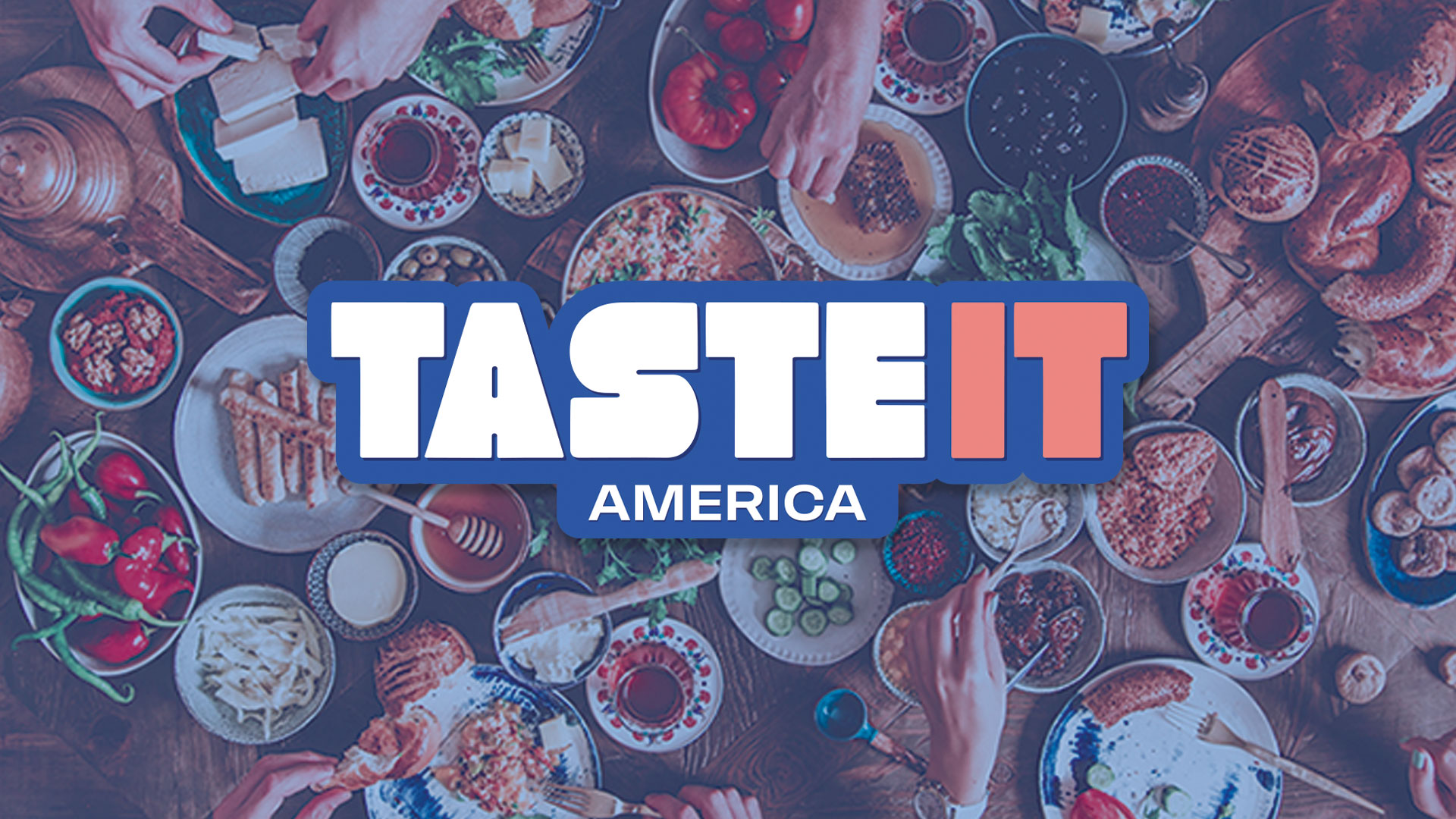Europe’s out-of-home drinks market is undergoing a shake-up this summer, with consumers opting for innovation, health benefits, and social-media appeal — even as overall beverage consumption levels remain steady.
Spending in bars, cafés, restaurants, and pubs across the continent reached an estimated €157bn in the year to June 2025, according to Circana. Excluding food, the number of beverages served held flat at 50bn, underlining Europeans’ willingness to continue treating themselves despite economic headwinds.
From ube lattes and matcha iced teas to DIY lemonades and fermented coffee brews, this year’s drink trends are as much about aesthetics and wellness as refreshment. Younger consumers in particular — inspired by TikTok trends and wellness influencers — are fuelling demand for beverages that blend vibrant colours, functional ingredients, and a strong “Instagram factor.”
“Beverages today are no longer just about quenching thirst; they’re about personal expression, mood, and lifestyle goals,” said Edurne Uranga, VP Foodservice Europe at Circana. “Among younger Europeans especially, drinks have become a reflection of identity: refreshing, purposeful and highly shareable.”
1. SOBRIETY GOES MAINSTREAM
Alcohol is losing ground. On-premise consumption fell 6% year on year, while retail volumes dropped 1.7% — 285mn litres fewer — and value sales declined €1bn. By contrast, non-alcoholic alternatives are powering ahead: retail sales rose 5.5% in value and 2.3% in volume.
From mocktails after work to “mindful” weekend drinking, moderation has gone mainstream. Over half of Europeans now expect bars to stock alcohol-free beer.
2. SUGAR OUT, “SMART SODAS” IN
A new generation of sodas is bubbling up, made with stevia, cane sugar, or real fruit juice, often fortified with prebiotics, vitamins, or gut-health boosters.
Low- and no-sugar drinks are overtaking their full-sugar counterparts, spurred by rising health consciousness and the spread of GLP-1 weight-loss drugs. Some 41% of Europeans now back sugar taxes to encourage healthier choices.
3. INNOVATION DRIVES DEMAND
Nearly a third of consumers say innovation is the main reason they try new brands. In the six largest European markets, new food and drink launches contributed 5.1% to total sales growth, with the UK, Netherlands, and Germany leading the way.
4. ENERGY DRINKS QUIETLY SURGE
Once niche, energy drinks are expanding faster than any other beverage category. On-premise consumption grew 9% year on year, more than triple the rate of soft drinks. Retail spending rose 7.7% over the past 12 months, with momentum accelerating sharply in the latest quarter.
5. HOME EXPERIENCES RESHAPE RETAIL
The rise of “insperiences” — recreating out-of-home experiences at home — is reshaping retail sales. Cocktail kits, wine tastings, and bar-style drinks are gaining traction, while cross-category collaborations, such as protein-based drinks and non-alcoholic cocktails, are attracting growing consumer interest.
L’articolo Circana Reports Major Shifts in Europe’s Beverage Market proviene da Italianfood.net.

